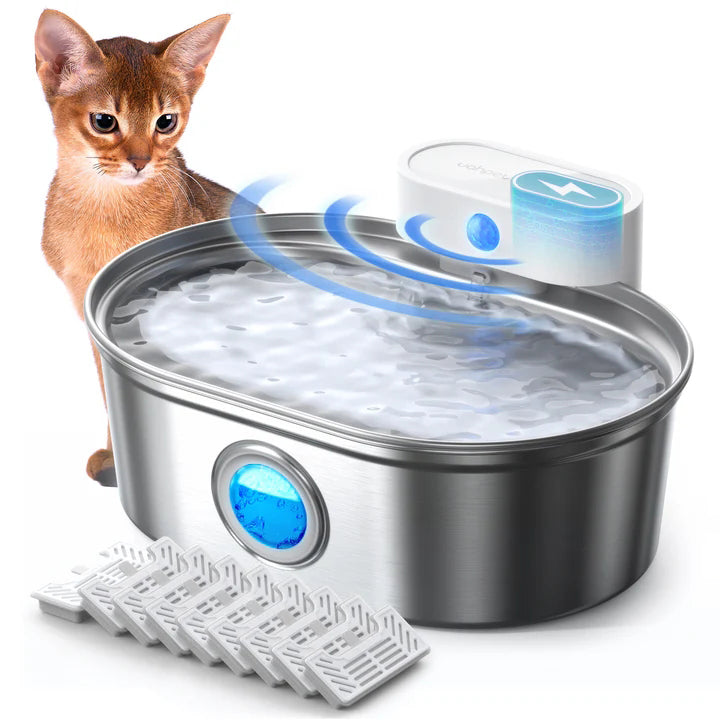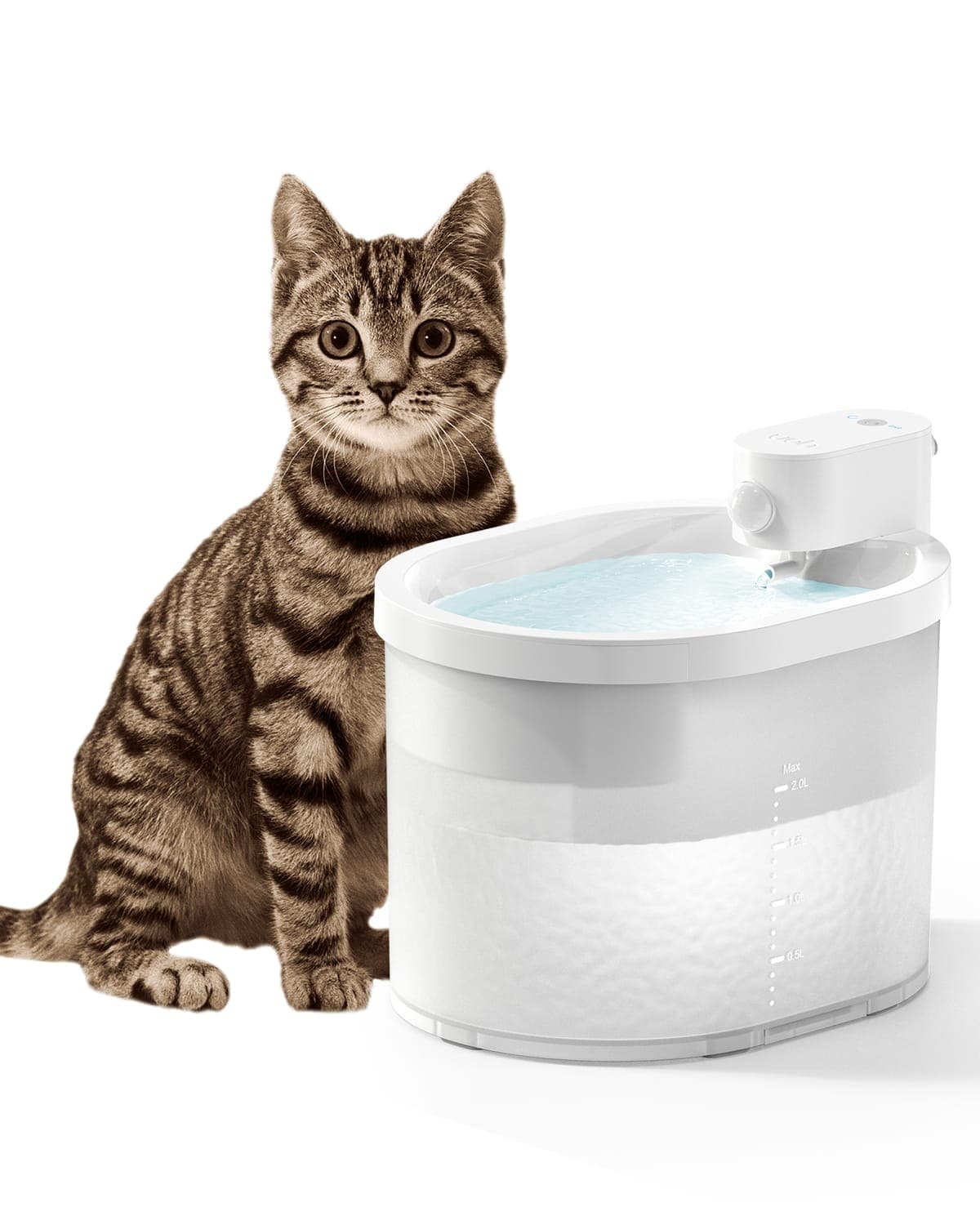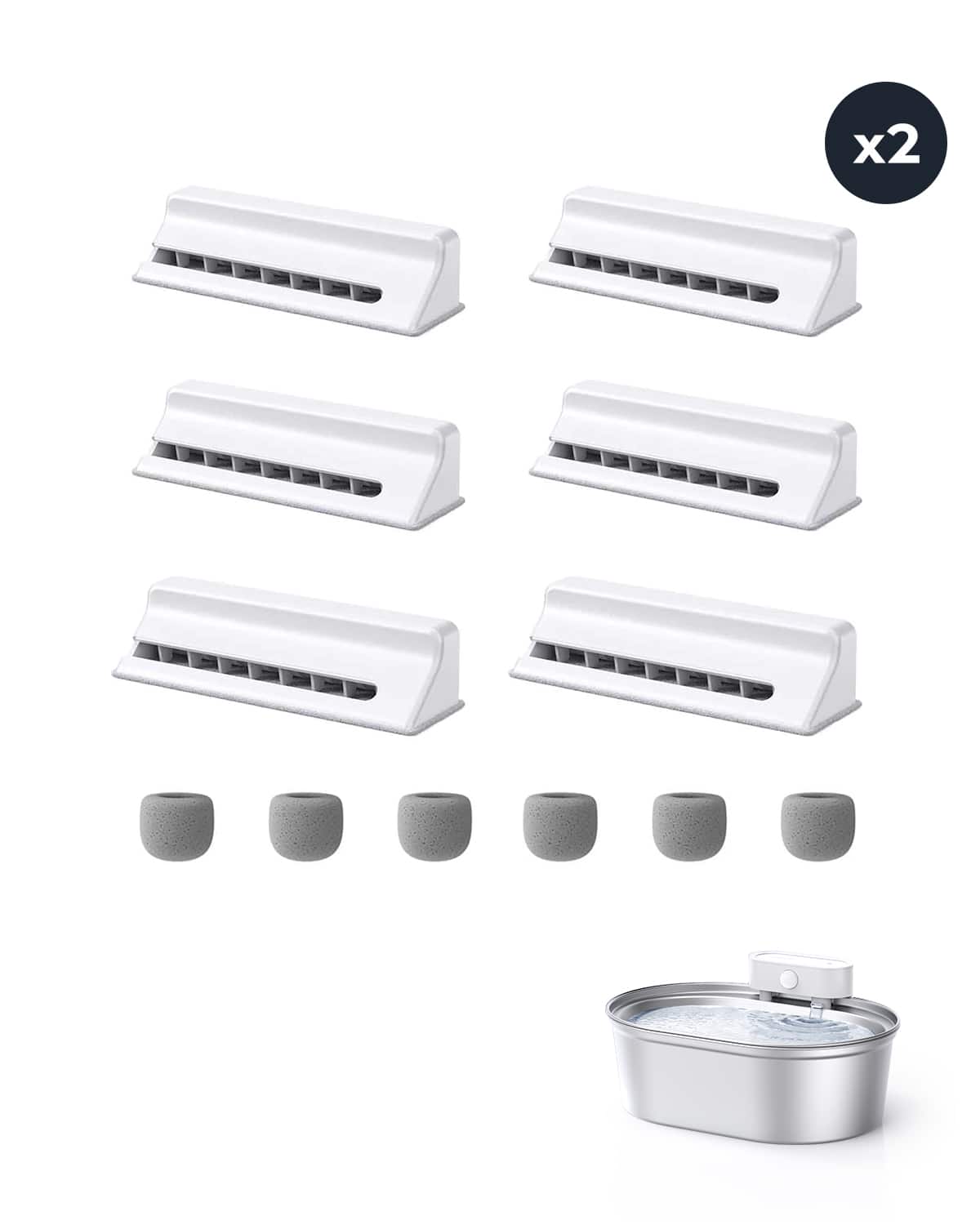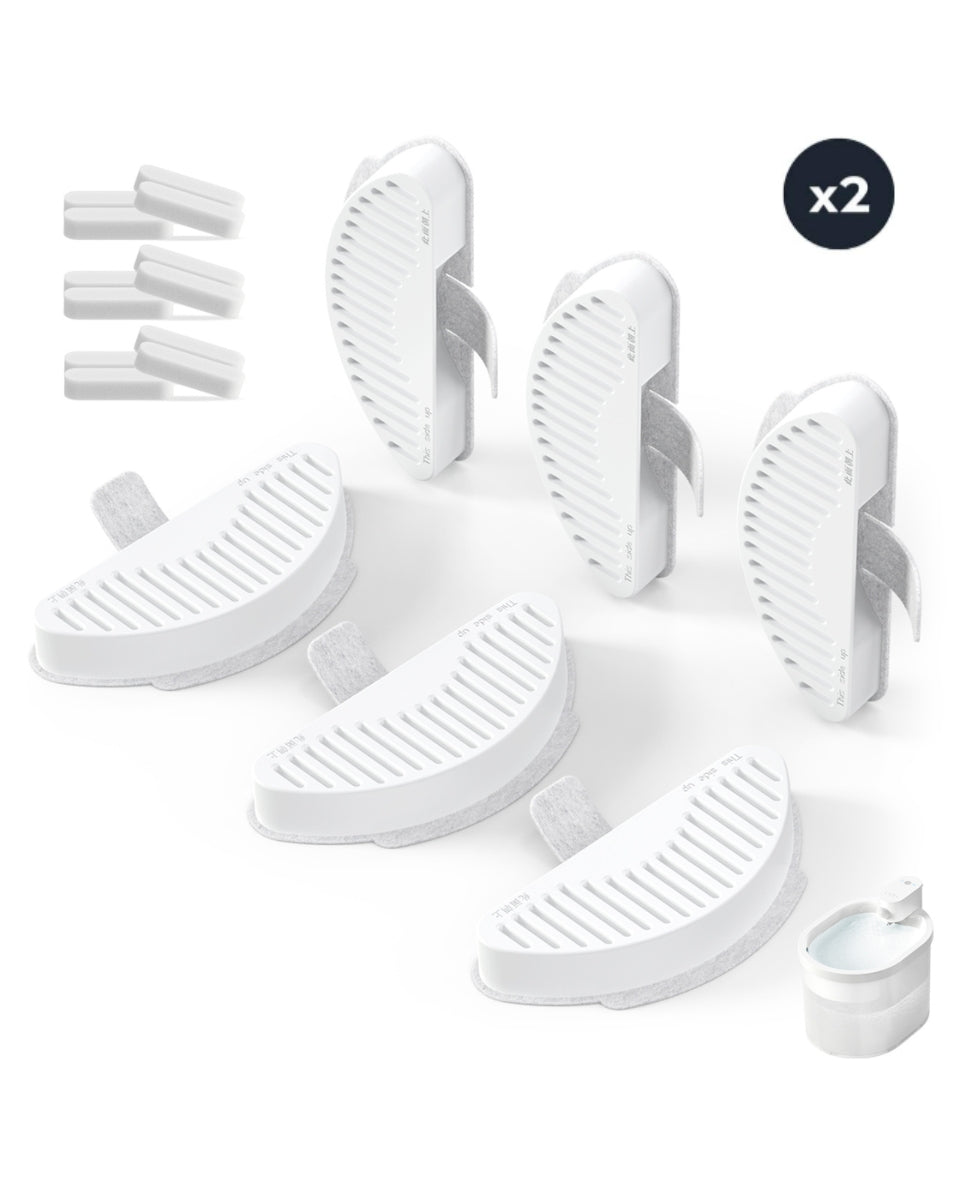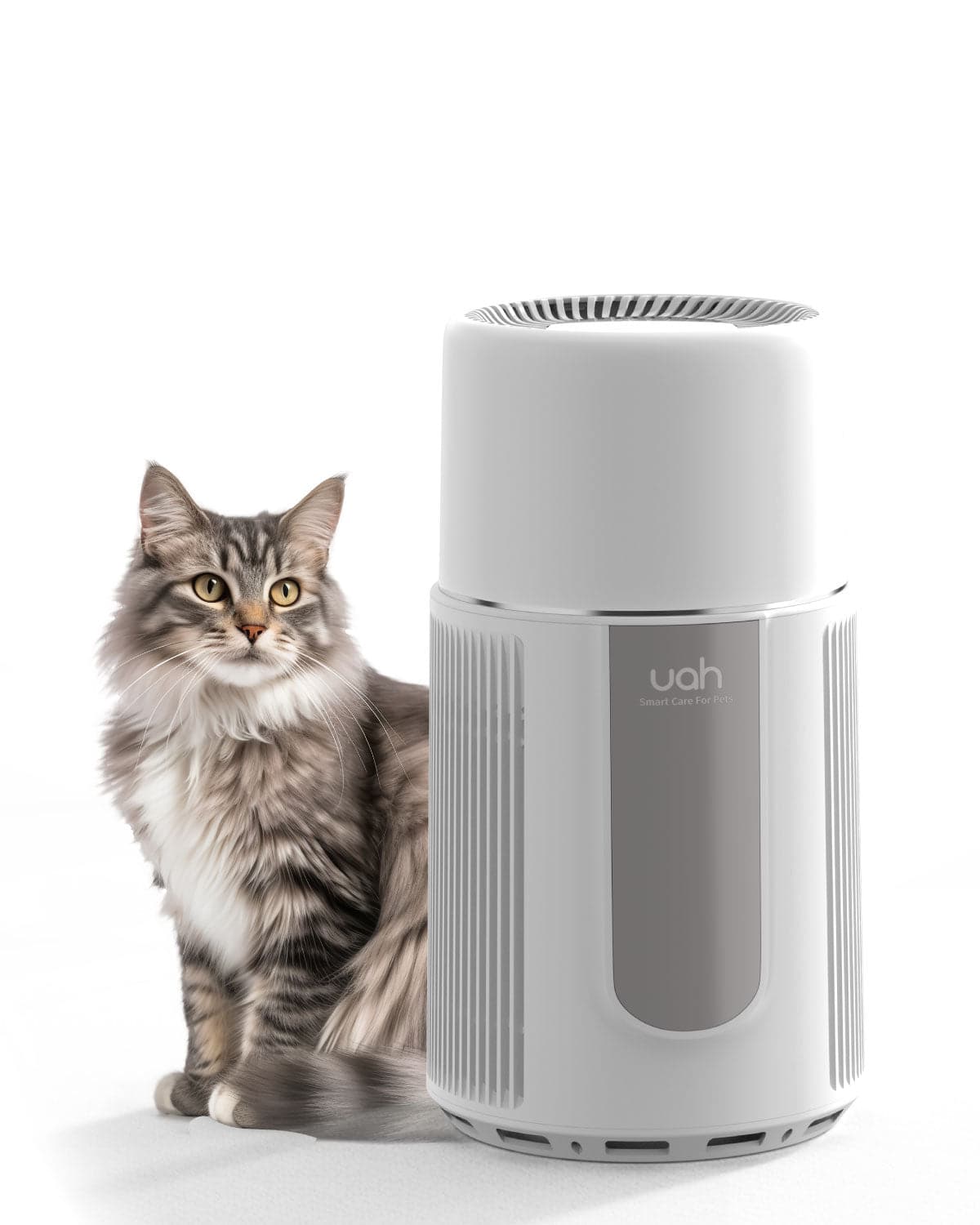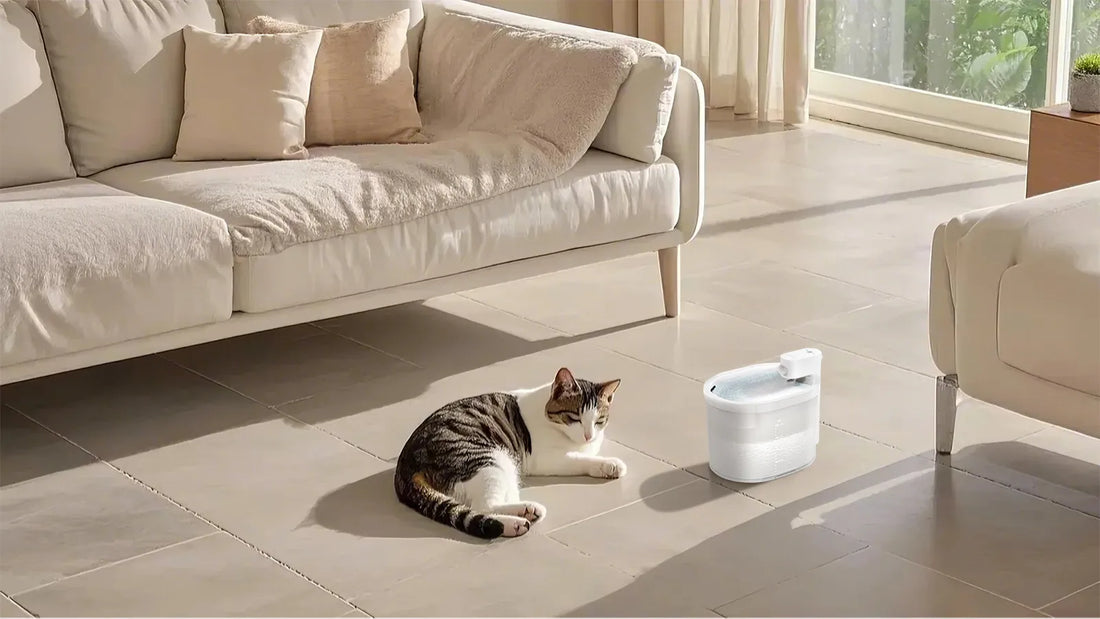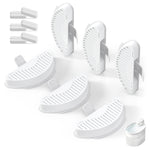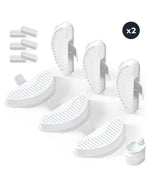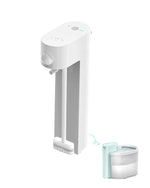Cleaning your dog's anal glands might not be the most glamorous task, but it's an essential part of maintaining their health and comfort. If you've noticed your dog scooting, licking, or showing signs of discomfort, it might be time to address this often-overlooked aspect of pet care. This comprehensive guide will walk you through the process step by step, ensuring you can handle this task with confidence and care.
Understanding Dog Anal Glands
Before diving into the cleaning process, it's important to understand what anal glands are and why they matter. Dogs have two small sacs located on either side of their anus, known as anal glands. These glands produce a foul-smelling fluid that is typically expelled during bowel movements. This fluid serves as a scent marker, helping dogs communicate with each other.
However, sometimes these glands can become impacted or infected, leading to discomfort and potential health issues. Signs of anal gland problems include scooting, excessive licking, foul odor, swelling, or difficulty defecating. Regular cleaning can help prevent these issues and keep your dog comfortable.
When to Clean Your Dog's Anal Glands
Not all dogs require regular anal gland cleaning. Some dogs naturally express their glands during bowel movements, while others may need occasional assistance. If your dog shows signs of discomfort or has a history of anal gland issues, it's a good idea to clean their glands regularly. Consult your veterinarian to determine the best schedule for your pet.
It's also important to note that cleaning anal glands at home is not suitable for all dogs. If your dog has severe impaction, infection, or abscesses, seek professional veterinary care. Attempting to clean severely affected glands at home can cause pain or further complications.
Preparing for the Cleaning Process
Before you begin, gather all the necessary supplies. You'll need gloves, paper towels, warm water, mild soap, and a clean cloth. It's also helpful to have treats on hand to reward your dog and keep them calm during the process. Choose a well-lit, easy-to-clean area, such as a bathroom or outdoor space, to perform the cleaning.
Make sure your dog is relaxed and comfortable. If your dog is anxious or resistant, consider enlisting the help of a second person to hold them gently but securely. Patience and a calm demeanor are key to making the process as stress-free as possible for both you and your dog.
Step-by-Step Guide to Cleaning Dog Anal Glands
Follow these steps to clean your dog's anal glands safely and effectively:
- Put on gloves: Wearing gloves will protect your hands from the foul-smelling fluid and reduce the risk of infection.
- Lift your dog's tail: Gently lift your dog's tail to expose the anal area. This will give you better access to the glands.
- Locate the glands: The anal glands are located at the 4 o'clock and 8 o'clock positions around the anus. You may feel small, pea-sized sacs in these areas.
- Apply gentle pressure: Using your thumb and forefinger, apply gentle pressure to the glands. Be careful not to squeeze too hard, as this can cause pain or injury.
- Express the fluid: As you apply pressure, you should see a small amount of fluid being expelled. Use a paper towel to catch the fluid and prevent it from spreading.
- Clean the area: After expressing the glands, use a clean cloth dampened with warm water and mild soap to gently clean the anal area. Rinse thoroughly and pat dry.
- Reward your dog: Offer your dog a treat and praise them for their cooperation. This will help create a positive association with the process.
Post-Cleaning Care
After cleaning your dog's anal glands, monitor the area for any signs of irritation, swelling, or infection. If you notice redness, discharge, or persistent discomfort, contact your veterinarian. Regular cleaning, combined with a healthy diet and proper hydration, can help prevent future anal gland issues.
It's also a good idea to keep an eye on your dog's behavior. If they continue to scoot or show signs of discomfort, it may indicate that the glands were not fully expressed or that there is an underlying issue that requires veterinary attention.
Preventing Anal Gland Problems
While regular cleaning can help prevent anal gland issues, there are additional steps you can take to keep your dog's glands healthy. A high-fiber diet can promote regular bowel movements, which naturally help express the glands. Ensure your dog gets plenty of exercise and stays hydrated to support overall digestive health.
If your dog is prone to anal gland problems, consider adding supplements or foods that promote healthy gland function. Always consult your veterinarian before making significant changes to your dog's diet or routine.
When to Seek Professional Help
While cleaning your dog's anal glands at home can be effective, there are times when professional help is necessary. If your dog shows signs of severe discomfort, swelling, or infection, or if you're unsure about the cleaning process, consult your veterinarian. They can safely express the glands and provide treatment for any underlying issues.
Regular veterinary check-ups are also important for monitoring your dog's anal gland health. Your vet can identify potential problems early and recommend a care plan tailored to your dog's needs.
Taking care of your dog's anal glands may not be the most pleasant task, but it's a crucial part of ensuring their health and happiness. With the right knowledge and approach, you can handle this responsibility with confidence. By following this guide, you'll be well-equipped to keep your furry friend comfortable and prevent potential health issues. Remember, a little effort goes a long way in maintaining your dog's well-being!

